Is it possible to collect seeds from hybrids and what is the threat?
There is a constant debate among amateur growers about whether seeds are harvested from hybrids. This is not surprising - the plants are very attractive in appearance, they are not afraid of many diseases, and in the case of edible crops, they are unusually tasty.
To understand the issue, it is enough to recall the school course in general biology and Mendel's laws. It was this monk-scientist from the Czech Republic who found out that when crossing two varietal plants in all offspring - F1 hybrids - only dominant signs of the parents are observed.
Plants often differ in their characteristics from the original varieties. They combine the strongest qualities of both ancestors - strong stems, large flowers painted in an unusual shade, or fast ripening and an interesting shape of the fruit.
Is it worth collecting seeds from hybrids
Most growers buy seeds from stores with F1 icon In the title. Encouraged by the success of growing crops, many gardeners and flower growers are harvesting hybrid seeds to plant next year.
But it is not worth waiting for the same result as when cultivating first-generation hybrid plants. In F2, in addition to dominant features, recessive ones also appear. Splitting will not externally affect all plants of the new generation. Some will be difficult to distinguish from their parents, but others will be completely different from them.
Planting seeds from hybrids - what to expect
When breeding plants from the seeds of hybrids, parental traits will appear only if the combination of the same dominant genes coincides during crossing. In other cases, how unlike the first-generation hybrid will depend on the combination of the suppressed genes.
The results of growing the second generation are rarely encouraging.
- Such plants are less productive than the parent hybrids; few ovaries are formed on the branches.
- The taste, color, shape of the fruit differs from that of the first generation hybrids.
- The period of ripening of vegetable crops increases. If the early ripe hybrid from which the seeds were obtained, the fruits reached maturity in 100-110 days, then the next generation will ripen in 120-130 days.
- Crops grown from hybrid seeds are less resistant to disease. Viral, fungal lesions appear, which the parent cultures were not afraid of.
- The second generation of hybrids is more demanding in terms of cultivation conditions. Most plants develop normally only inside greenhouses or greenhouses; they need strict control of temperature, humidity, soil composition. In open areas, F2 often die or grow weak, do not bear fruit.
The opinion of breeders
Many people believe that the best harvest comes from seeds harvested with their own hands. But this opinion is true only if it is a varietal culture. In each generation, it retains its characteristics, adapted to the climatic conditions of a particular region. Hybrids cannot boast of such qualities.
But this does not stop gardeners, lovers of growing ornamental plants. Their reasons for harvesting seeds from hybrids are as follows:
- it is much cheaper than purchasing a bag of planting material in a store;
- the second generation sometimes manages to get a good harvest.
However, you shouldn't risk collecting hybrid seeds. It will take time and effort. Vegetable bushes will take up precious space in a greenhouse or on a plot, but there is no guarantee that they will not die from disease and give a rich harvest.
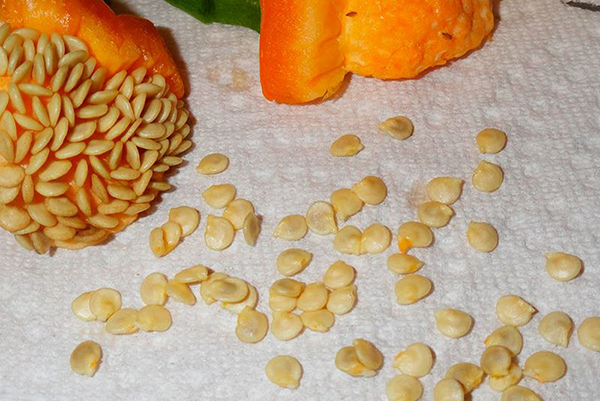
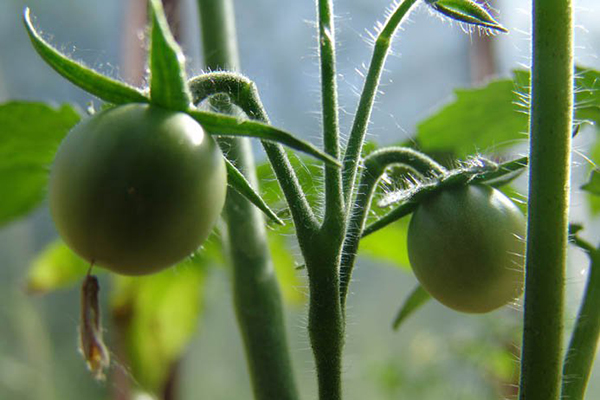
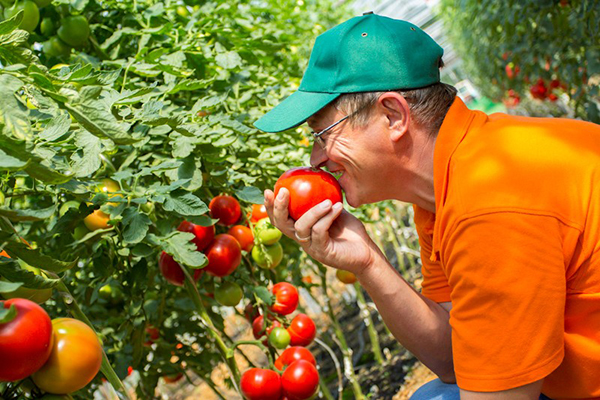
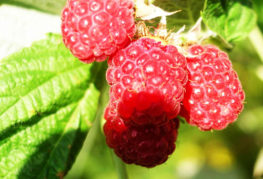


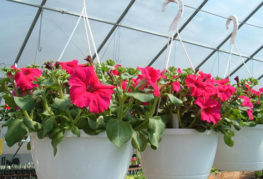
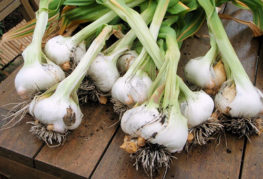
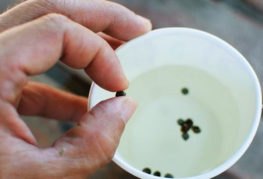
and will be published shortly.